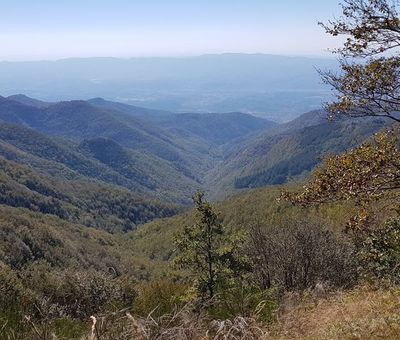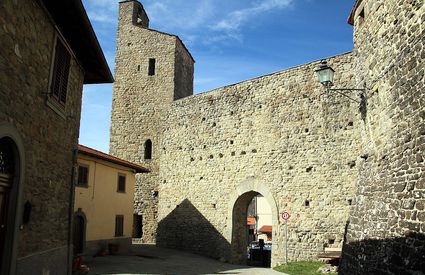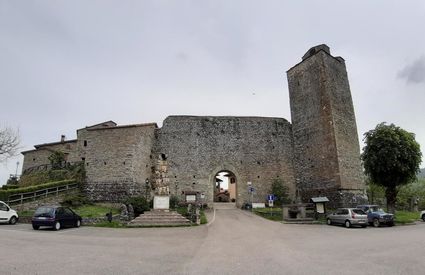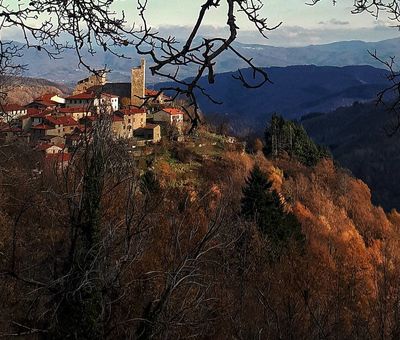The mysterious friar who worshipped the Madonna
Along an old mule track that climbs the ridge of Montemignaio, crossed by shepherds and their herds for centuries, there was a small oratory dedicated to the Madonna. Even today, many tourists trek the beautiful paths of the Casentino. However, in the 18th century it was a place frequented by only a few pilgrims and one hermit in particular, Fra Michele Kalbermater.
A mysterious friar arrived tired and hungry at the hermitage
in 1728 and asked to rest. It was a rest which lasted 42 years. All that remains of the Romitorio delle Calle today is a loggia, three arches and a tabernacle
that houses a table of the Sienese school depicting the Madonna and Child. It
is very different from the shelter which had housed the clergyman. He had lived
a very frugal life and survived on what he was donated, a large amount of which
he devoted to the maintenance of the hermitage. Fra Michele died in 1770 at the
age of 80 and was buried in the hermitage. Only then did someone reveal his
true identity: he was a nobleman of Piedmont, Count Cesare Solaro di Villanova. He had abandoned his life of ease
and left for the Holy Land to which he never arrived given his stop at the
hermitage. Today a plaque commemorates the story of Count Cesare, who wanted to
call himself Kalbermater, which in old German means "total dedication to
the Madonna".
In the town where Christmas trees originate
Montemignaio is the town of the Christmas tree. From here,
thousands of Christmas trees leave every winter to light up Tuscan homes during
the coldest holiday of the year. The
cultivation of fir trees is one of the traditional activities of this town in Casentino. It overlooks Pratomagno, which involves several companies in the
area on a daily basis. Tens of thousands of white, red and silver fir trees are grown. Particular attention is
paid to the environment; after the holidays it is possible to bring back the trees back so they can be re-planted.







